Research
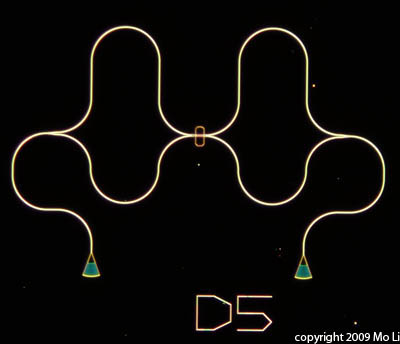
Integrated Quantum Photonics
Our goal is to develop the next generation of integrated quantum communication components and engineer devices with which we will demonstrate reliable quantum communication links that will be coupled together to form a network. To achieve our goal, we will engineer chip-scale devices that generate deterministic, on-demand single photons and multiphoton entangled states, which will be guided into integrated chiral waveguides and out-coupled to optical fibers.
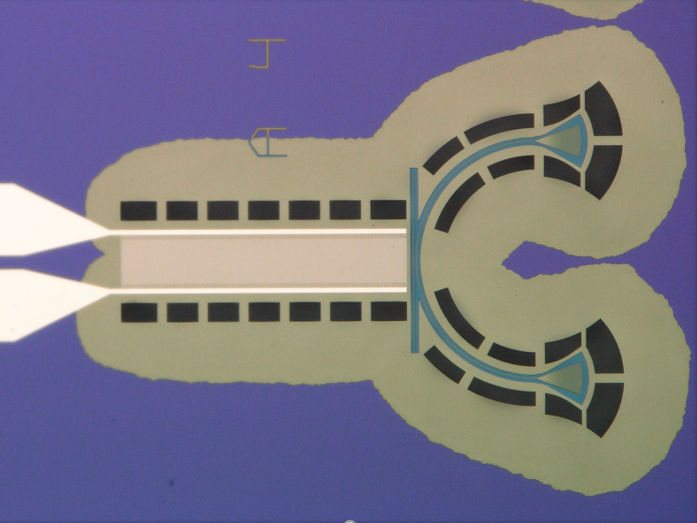
Optomechanics and Integrated Acousto-optics
Light-matter interaction is inevitably accompanied by mechanical effects because each photon carries both linear and angular momentum—orbital and spin—that will be transferred to the matter. The momentum transfer can result in various so-called optomechanical effects including optical forces and optical torques. These optomechanical effects become very strong in nanophotonic devices because of much-enhanced field intensity and thus strong light-matter interaction. In nano-optomechanical systems (NOMS), the pronounced optomechanical effects have been exploited in highly integrated photonic devices for both practical applications, such as optical signal process and communication, and for more fundamental studies such as quantum photonics and quantum electrodynamics.
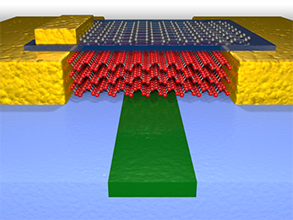
Quantum Material Optoelectronics
The emerging 2D and quantum materials, including graphene, black phosphorus, TMDC, and layered topological insulators, have tremendous potential in optoelectronics. Exploiting light-matter interaction in these material systems not only leads to application in photodetection, optical modulation and light generation, but also generates novel phenomena such as spin current generation and topological photonic states.
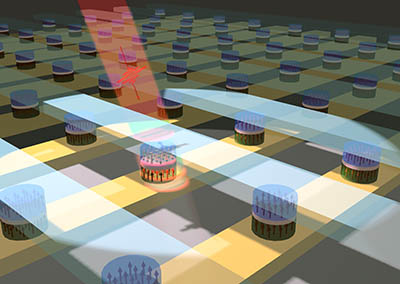
Opto-spintronics
The emergence of strong spin-orbit interactions of electrons and photons, respectively, in quantum materials and and in nanophotonic devices inspires ones to consider their marriage. The spin of optical field can be tamed with engineered photonic structures that control the propagation and waveform of light. Quantum selection rules of light-matter interaction establish a direction relation between photon spins and electron spins in materials. Combining the spin-orbit coupling in materials and photonics can generate an efficient interface between photons and electron spins. The application will lead to new opto-spintronic devices that will be an efficient interface between optical communication with spintronics.
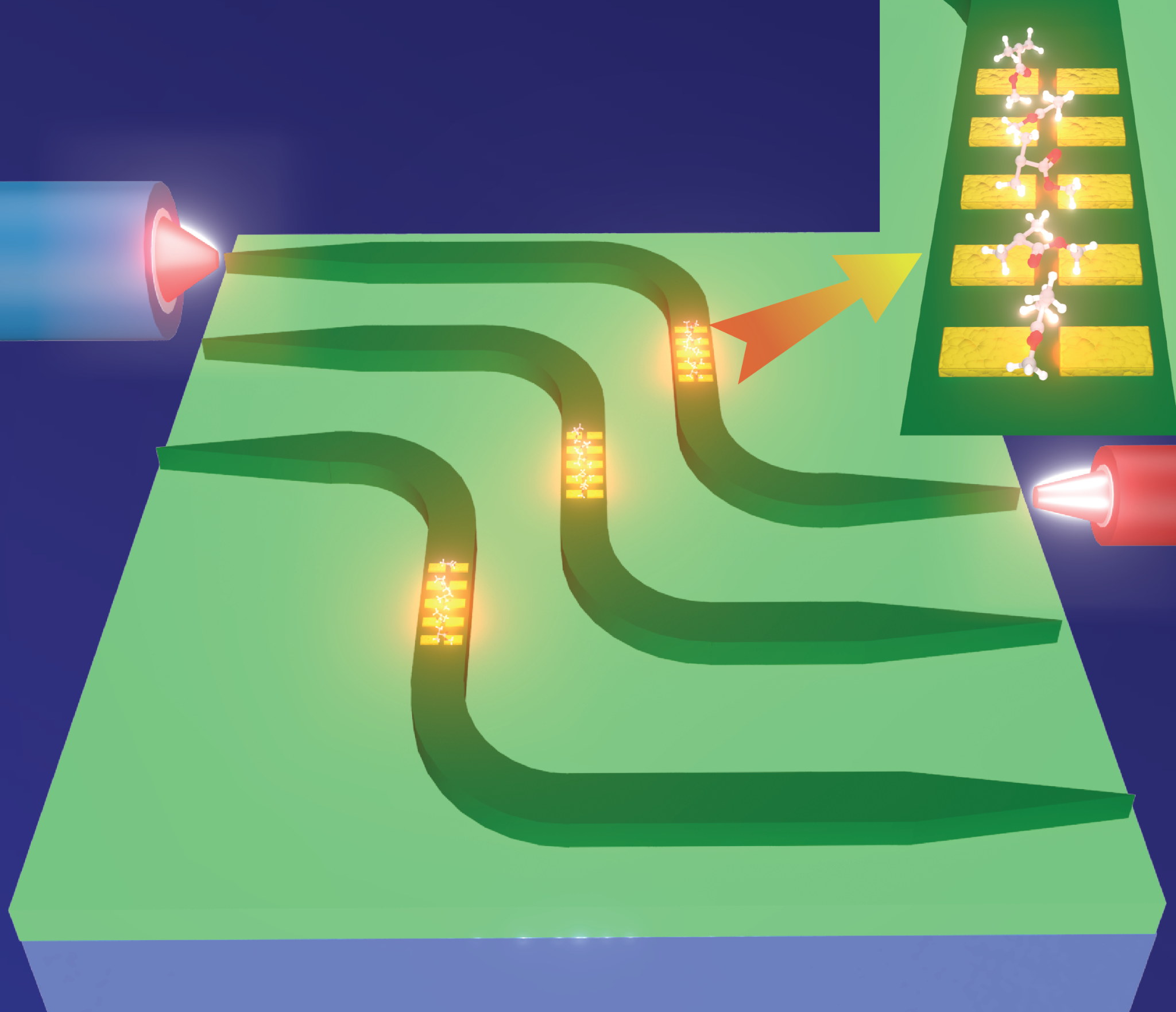
Photonics Sensors
IR spectroscopy can provide chemically specific information on biochemical analytes such as lipids, proteins, and nucleic acids in a nondestructive fashion by accessing their vibrational fingerprints in the mid-IR range (2-10 µm). The integration of nanoplasmonic devices with a silicon photonic platform affords a new approach for efficient light delivery by combining the high field enhancement of plasmonics and the ultra-low propagation loss of dielectric waveguides. Such a hybrid integration obviates the need for a bulky free-space optics setup and can lead to fully integrated, on-chip optical sensing systems.
